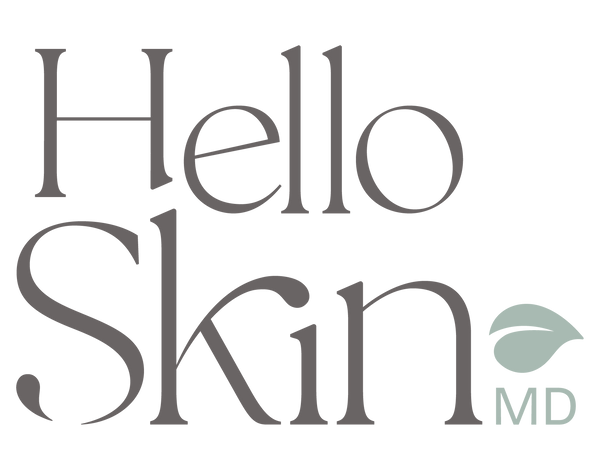($6000 value)
Downtime
- 48–72 hours of redness + swelling
- Light flaking/peeling days 3–7
- Most clients feel socially ready in 3–5 days, depending on redness and comfort level.
Results
- Dramatic Wrinkle Reduction
- Increased Collagen & Elastin
- Pigmentation Enhancement
- Youthful Glow











